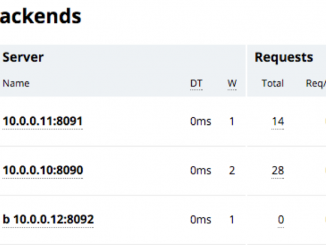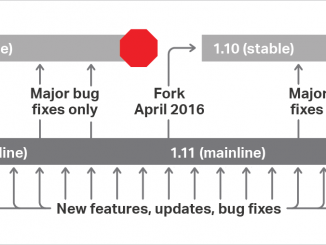
Using DNS for Service Discovery with NGINX and NGINX Plus
Using DNS for Service Discovery with NGINX and NGINX Plus One of the great advantages of a microservices architecture is how quickly and easily you can scale service instances. With multiple service instances you need a load balancer and some way to quickly inform it of changes to the set of available service instances. This is known as service discovery. NGINX Plus provides two options for integrating with service discovery systems: the on-the-fly reconfiguration API and Domain Name System (DNS) re-resolution. This blog post focuses on the latter. When you scale service instances (we’ll call them backends in this blog post) by adding or removing virtual machines (VMs) or containers, the configuration of the load balancer must be changed to reflect every change to the set of backends. Scaling can occur multiple times per day, per hour, or even per minute, depending [ more… ]



